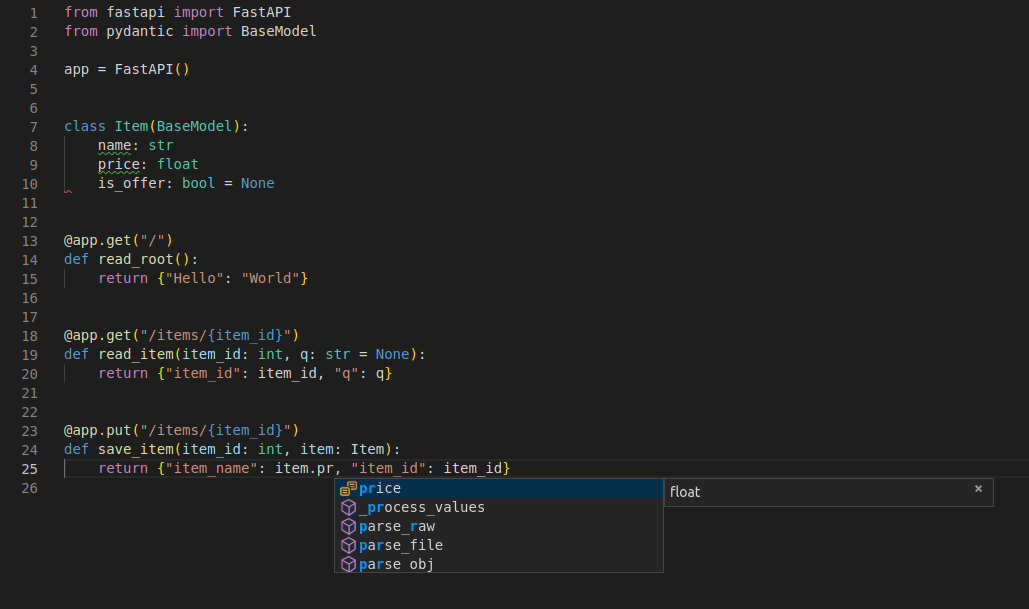- Sort Score
- Result 10 results
- Languages All
Results 21 - 30 of 31 for User (0.12 sec)
-
docs/bucket/replication/README.md
The user setting up replication needs *s3:GetReplicationConfiguration* and *s3:GetBucketVersioning* permission on the source cluster. We do not recommend running root credentials/super admin with replication, instead create a dedicated user. The access credentials used at the destination requires *s3:ReplicateObject* permission. The following minimal permission policy is needed by admin user setting up replication on the `source`:
Plain Text - Registered: Sun May 05 19:28:20 GMT 2024 - Last Modified: Tue Jan 24 23:46:33 GMT 2023 - 18.2K bytes - Viewed (0) -
docs/multi-tenancy/README.md
```sh export MINIO_ROOT_USER=<TENANT1_ACCESS_KEY> export MINIO_ROOT_PASSWORD=<TENANT1_SECRET_KEY> minio server --address :9001 http://192.168.10.1{1...4}/data/tenant1 export MINIO_ROOT_USER=<TENANT2_ACCESS_KEY> export MINIO_ROOT_PASSWORD=<TENANT2_SECRET_KEY> minio server --address :9002 http://192.168.10.1{1...4}/data/tenant2 export MINIO_ROOT_USER=<TENANT3_ACCESS_KEY>
Plain Text - Registered: Sun May 05 19:28:20 GMT 2024 - Last Modified: Thu Sep 29 04:28:45 GMT 2022 - 3K bytes - Viewed (0) -
docs/ftp/README.md
Following example shows connecting via ftp client using `minioadmin` credentials, and list a bucket named `runner`: ``` ftp localhost -P 8021 Connected to localhost. 220 Welcome to MinIO FTP Server Name (localhost:user): minioadmin 331 User name ok, password required Password: 230 Password ok, continue Remote system type is UNIX. Using binary mode to transfer files. ftp> ls runner/ 229 Entering Extended Passive Mode (|||39155|)
Plain Text - Registered: Sun May 05 19:28:20 GMT 2024 - Last Modified: Tue Apr 30 15:15:45 GMT 2024 - 7.1K bytes - Viewed (0) -
docs/bigdata/README.md
Follow these steps to run the Spark Pi example: - Login as user **‘spark’**. - When the job runs, the library can now use **MinIO** during intermediate processing. - Navigate to a node with the Spark client and access the spark2-client directory: ``` cd /usr/hdp/current/spark2-client
Plain Text - Registered: Sun May 05 19:28:20 GMT 2024 - Last Modified: Thu Sep 29 04:28:45 GMT 2022 - 14.7K bytes - Viewed (0) -
docs/site-replication/README.md
- Creation and deletion of all IAM users, groups, policies and their mappings to users or groups - Creation of STS credentials - Creation and deletion of service accounts (except those owned by the root user) - Changes to Bucket features such as: - Bucket Policies - Bucket Tags - Bucket Object-Lock configurations (including retention and legal hold configuration) - Bucket Encryption configuration
Plain Text - Registered: Sun May 05 19:28:20 GMT 2024 - Last Modified: Mon Feb 26 21:30:28 GMT 2024 - 3.4K bytes - Viewed (0) -
docs/distributed/README.md
**NOTE:** - All the nodes running distributed MinIO should share a common root credentials, for the nodes to connect and trust each other. To achieve this, it is **recommended** to export root user and root password as environment variables, `MINIO_ROOT_USER` and `MINIO_ROOT_PASSWORD`, on all the nodes before executing MinIO server command. If not exported, default `minioadmin/minioadmin` credentials shall be used.
Plain Text - Registered: Sun May 05 19:28:20 GMT 2024 - Last Modified: Thu Jan 18 07:03:17 GMT 2024 - 8.8K bytes - Viewed (0) -
README.md
 For a more complete example including more features, see the <a href="https://fastapi.tiangolo.com/tutorial/">Tutorial - User Guide</a>. **Spoiler alert**: the tutorial - user guide includes: * Declaration of **parameters** from other different places as: **headers**, **cookies**, **form fields** and **files**.
Plain Text - Registered: Sun May 05 07:19:11 GMT 2024 - Last Modified: Thu May 02 22:37:31 GMT 2024 - 22.6K bytes - Viewed (0) -
docs/lambda/README.md
transformed_object = original_object.upper() # Write object back to S3 Object Lambda # response sends the transformed data # back to MinIO and then to the user resp = make_response(transformed_object, 200) resp.headers['x-amz-request-route'] = request_route resp.headers['x-amz-request-token'] = request_token return resp else: abort(400)
Plain Text - Registered: Sun May 05 19:28:20 GMT 2024 - Last Modified: Tue Apr 04 19:15:28 GMT 2023 - 7.6K bytes - Viewed (0) -
ci/official/README.md
# # Note: new files created from the container are owned by "root". # You can run e.g. `docker exec tf chown -R $(id -u):$(id -g) build_output` # to transfer ownership to your user. # # Docker is enabled by default on Linux. You may disable it if you prefer: # export TFCI=py311,linux_x86,no_docker # Advanced: Use Remote Build Execution (RBE) (internal developers only) #
Plain Text - Registered: Tue May 07 12:40:20 GMT 2024 - Last Modified: Thu Feb 01 03:21:19 GMT 2024 - 8K bytes - Viewed (0) -
docs/logging/README.md
"Content-Length": "380", "Content-Type": "application/octet-stream", "User-Agent": "MinIO (linux; amd64) minio-go/v7.0.15 mc/DEVELOPMENT.2021-10-06T23-39-34Z", "X-Amz-Content-Sha256": "STREAMING-AWS4-HMAC-SHA256-PAYLOAD", "X-Amz-Date": "20211008T004636Z", "X-Amz-Decoded-Content-Length": "207",
Plain Text - Registered: Sun May 05 19:28:20 GMT 2024 - Last Modified: Tue Aug 15 23:04:20 GMT 2023 - 9.9K bytes - Viewed (2)